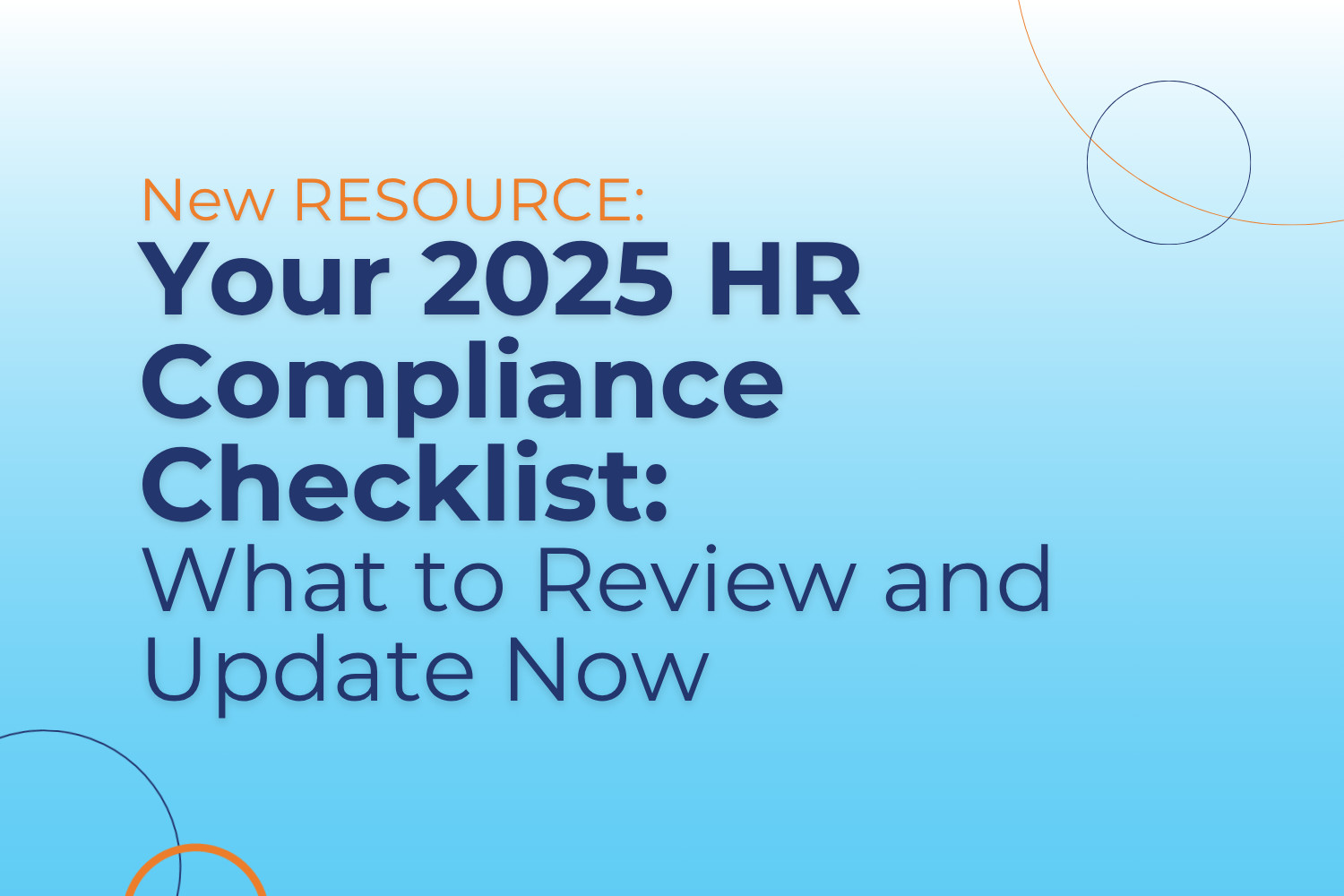At DecisionWise, we understand that Human Resources leaders are constantly seeking ways to enhance employee engagement and overall organizational success. One effective method is through employee engagement surveys, also known as anchor surveys. While some organizations consider extending the survey cadence to 18 or 24 months, there are compelling reasons to maintain a 12-month cadence. Here’s why annual employee engagement surveys are essential for your organization.
Engagement Surveys: A Critical Component of Employee Experience Strategies
Employee engagement surveys are a cornerstone of any robust employee listening strategy. They provide invaluable insights into employee satisfaction, engagement, and overall workplace culture. By maintaining a 12-month cadence, organizations can ensure they are consistently gathering up-to-date feedback, which is crucial for making informed, strategic decisions.
Building Consistency and a Healthy Culture of Feedback
Annual surveys help build consistency in your employee listening efforts. This regularity fosters a culture where feedback is not only expected but valued. Employees are more likely to engage with the survey process when they see that their input is regularly sought and acted upon. This consistency also helps in tracking progress and identifying trends over time, making it easier to pinpoint areas for improvement.
Accountability for Action
A 12-month survey cadence ensures that there is a regular cycle of feedback and action. This cycle is essential for holding leaders and managers accountable for addressing the issues raised by employees. When employees see that their feedback leads to tangible changes, it builds trust and reinforces the importance of their input. Extending the survey cadence to 18 or 24 months can delay this cycle, reducing the effectiveness of the feedback process.
Supporting Other Listening Channels
Annual engagement surveys complement other employee listening channels, such as employee lifecycle surveys. These surveys, conducted at key points in the employee journey (e.g., onboarding, exit), provide specific insights that, when combined with annual engagement surveys, offer a comprehensive view of the employee experience. Maintaining a 12-month cadence ensures that the data from these various channels is timely and relevant, enhancing the overall employee listening strategy.
The Risks of Extending Survey Cadence
Some organizations are considering moving to an 18 or 24-month survey cadence, but this is a mistake. Extending the cadence can lead to outdated data, making it harder to respond to emerging issues promptly. It can also result in lower engagement, as employees may feel their feedback is not being sought regularly enough. This can undermine the culture of continuous improvement and reduce the overall effectiveness of the survey process.
Also, depending on an organization’s retention efforts, employees who stay for less than the proposed 18-24 month cadence may never participate once in an engagement survey. If an organization does not regularly offer pulse surveys then that employee may never have an opportunity to participate in feedback collection during their time at the organization, leading to fewer insights around retention and the new hire experience.
Strategic Planning and Budgeting
Annual surveys align well with the strategic planning and budgeting cycles of most organizations. This alignment allows for better integration of survey insights into the broader business strategy and ensures that any necessary resources for addressing survey findings are allocated appropriately. Extending the cadence can disrupt this alignment, making it harder to incorporate timely feedback into strategic decisions.
Building a Culture of Continuous Improvement
While the survey itself is annual, the process of acting on the feedback can be continuous. This approach fosters a culture of continuous improvement, where employees see that their feedback is valued and leads to tangible changes. Extending the survey cadence can hinder this continuous improvement cycle, as the organization may miss opportunities to address issues promptly and effectively.
Benchmarking and Goal Setting
Annual surveys provide a consistent benchmark for measuring progress year over year. This consistency is essential for setting realistic goals and tracking improvements over time. Longer intervals between surveys can make it difficult to maintain this consistency, potentially leading to gaps in data and less effective benchmarking.
Conclusion
While there has been much experimentation with survey timing and frequency, the annual employee survey remains the keystone of an effective employee experience strategy. This approach offers numerous benefits, from comprehensive data collection and timely actionable insights to reducing survey fatigue and aligning with strategic planning cycles. By committing to annual surveys, your organization can build a culture of continuous improvement, set realistic goals, and ultimately achieve greater success. Extending the survey cadence to 18 or 24 months may seem appealing, but it can lead to outdated data, delayed actions, and missed opportunities for improvement. Stick with the 12-month cadence to ensure your organization remains responsive, adaptive, and successful.
Reach out to our team to discuss your overall employee listening strategy. We have the tools and expertise to help you get it right.











